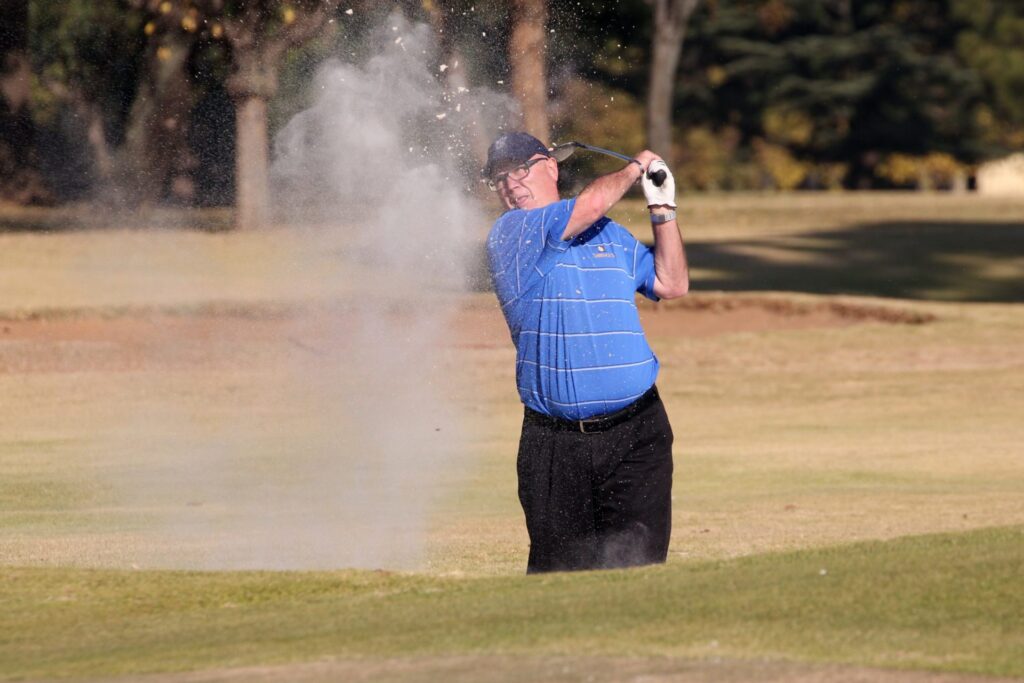When it comes to the game of golf, the term “mulligan” holds a special place in the hearts of many players. This extra shot, often called a correction shot, can make or break a round of golf. From its intriguing history to its impact on pace of play, we dive deep into what is a golf mulligan?
Picture yourself on the first tee of your favorite golf course, getting more and more excited as you get ready to hit the ball. It’s a familiar scenario for golfers, but what if you knew you had a second chance to make that perfect shot? Enter the golf mulligan, a term that has become synonymous with a do-over in the world of golf.
What is a Golf Mulligan?
A golf mulligan, simply put, is a second chance to play a shot, typically taken after an errant or poor attempt. It’s a term that’s used in golf, and the stories about where it came from are as different as the players who use it.
A Brief History of the Mulligan
The history of the golf mulligan is a bit murky, with several origin stories circulating. One story says that the word “mulligan” was made up in the 1920s by a Canadian golfer named David B. Mulligan. According to this story, Mr. Mulligan would often take an extra shot after a less-than-perfect drive off the first tee. His playing partners began to refer to this practice as taking a “Mulligan.”
Another story from the 1930s says that a player from New Jersey named John A. “Buddy” Mulligan was known for always hitting bad shots off the first tee. Legend has it that he once even hit a locker room attendant at Essex Fells Country Club with an errant drive. In an effort to keep things friendly on the course, Buddy’s playing partners let him take an extra shot off the first tee, giving rise to the word “mulligan.”
Regardless of its true origin, the term “mulligan” has become a familiar part of golf culture and lingo.
When is it Appropriate to Take a Mulligan?
In golf, there are no hard and fast rules about when you can take a “mulligan.” Instead, it depends on how you and your playing partners act and what you agree on. Most of the time, mulligans are allowed in friendly or casual rounds of golf, where having fun is more important than following the rules to the letter.
Variations on the Mulligan
Golfers have come up with different names for their second-chance shots. For instance, some refer to it as a “breakfast ball,” symbolizing a fresh start on the opening hole. Others may simply call it an “extra shot.” The important thing is that this practice shows the spirit of friendship and kindness that golf is known for.
Impact on Pace of Play
While mulligans can be a fun way to lighten the mood and recover from a poor shot, it’s important for golfers to be mindful of their impact on pace of play. Taking excessive mulligans can slow down a round and disrupt the rhythm of play for others on the course. It’s essential to strike a balance between enjoying a mulligan and maintaining a reasonable pace.
Conclusion
In the world of golf, the mulligan represents a chance at redemption, a fresh start after a less-than-ideal shot. The stories and background behind the word “mulligan” add another layer of intrigue to the game we all love. So, the next time you’re on the first tee, think about Buddy Mulligan and all the players who have found comfort in the mulligan, which is a chance to start over.

